BTTR is independent, but we may earn money when you purchase through links on our site.
Pros
- Interpreter function is amazing
- Powerful processor
- Camera still does a good job
Cons
- AI portraits are awful
- No bundled S-Pen
- So very expensive
🛒 Where to buy Samsung mobile devices
Available from these trusted retailers:











BTTR is independent, but we may earn money when you purchase through links on our site. This helps us cover costs and continue providing honest reviews. Find out why you should trust us.
I was worried when I first saw the spec sheet for the Fold6 that it appeared to be a fairly minor update over last year’s Fold5.
There are slight design tweaks, including an IP dust rating for the first time, plus the annual processor update and… that’s about it.
Cameras are the same. Battery capacity is the same. Storage and RAM are the same.
Instead of focusing on hardware improvements this year, Samsung has gone hard on its AI functionality. And while there are some truly phenomenal innovations in this space, the vast majority of AI use cases on the phone are pure, unadulterated garbage.
Which makes the price increase Samsung introduced for the Fold6 much, much harder to swallow.
What is the Samsung Galaxy Z Fold6 offering?
This is Samsung’s flagship foldable phone, and it looks the part.
The phone is a single millimetre wider when folded, but shaves a bit on the height and depth stat.
This means it’s a little more comfortable to hold single-handed when folded. You can swipe around and use the phone like a traditional smartphone easily enough, taking photos and playing games without having to open the device.
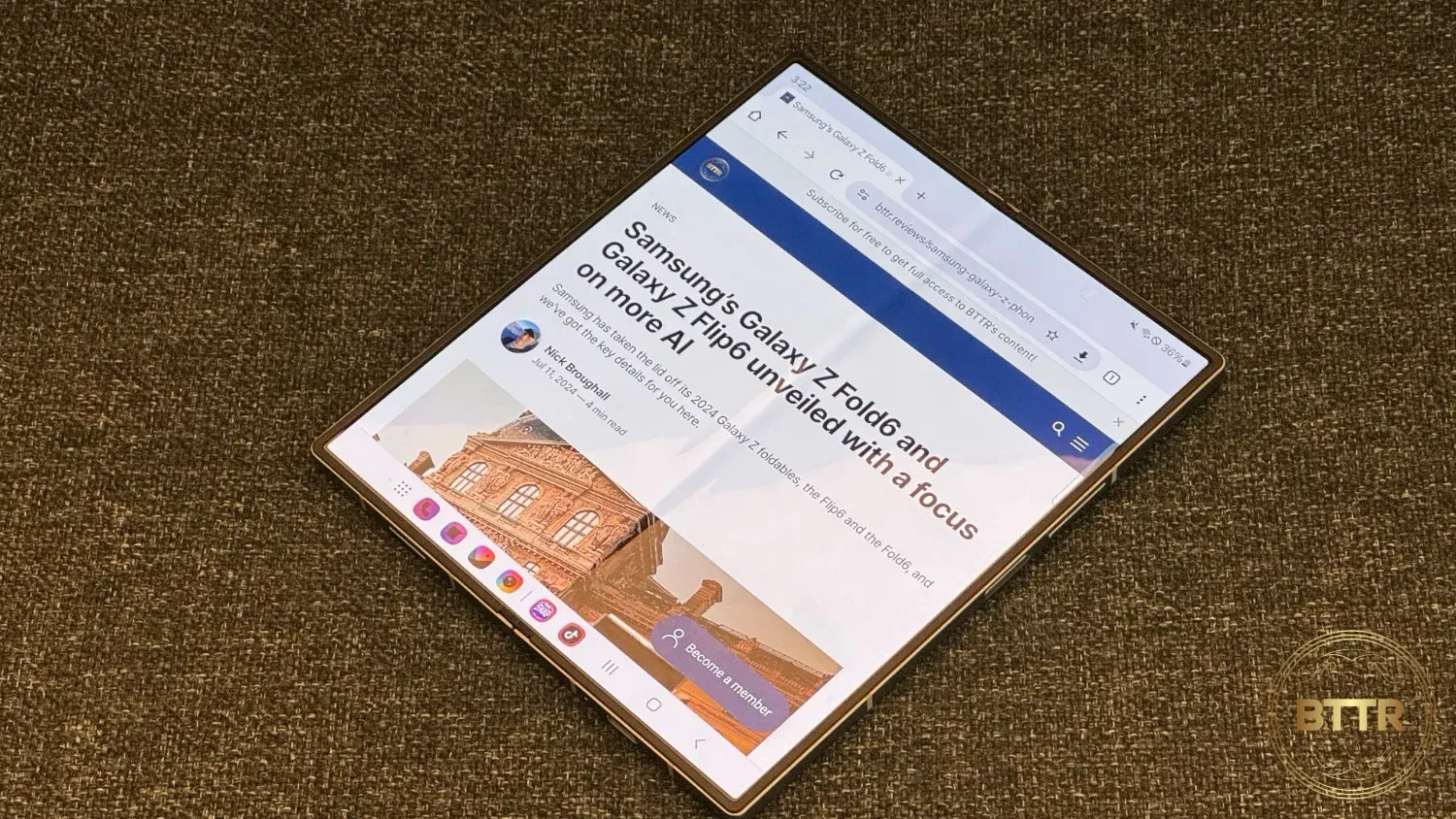
When you do open up the fold, you get to play with a large 2,176 × 1,812 resolution AMOLED 2x display with a 21.6:18 aspect ratio. It’s still something of an awkward shape for content consumption, though Samsung lets you pin multiple windows around the place for multitasking, which makes that awkward shape a bit easier to manage.
Powering the phone is the same Qualcomm Snapdragon 8 Gen 3 processor seen in the Flip6 and the S24 Ultra, along with 12 GB RAM and either 256 GB, 512 GB or 1 TB of storage.
Because of the foldable design, there are five cameras in this phone. There’s a 10-megapixel pinhole snapper on the front display, with a 4-megapixel under-display camera on the internal screen.
Around the back of the phone you get a 50MP wide camera, a 12MP ultra-wide and a 10MP telephoto lens. That’s the same collection you’ll find on last year’s model as well.
While it’s not overly noticeable, Samsung has refined the Fold6’s design to give it an IP48 dust and water resistance rating. That doesn’t mean you should take it to the beach and go swimming with it, though, but it is noteworthy as it’s the first Samsung Fold phone with a dust rating.
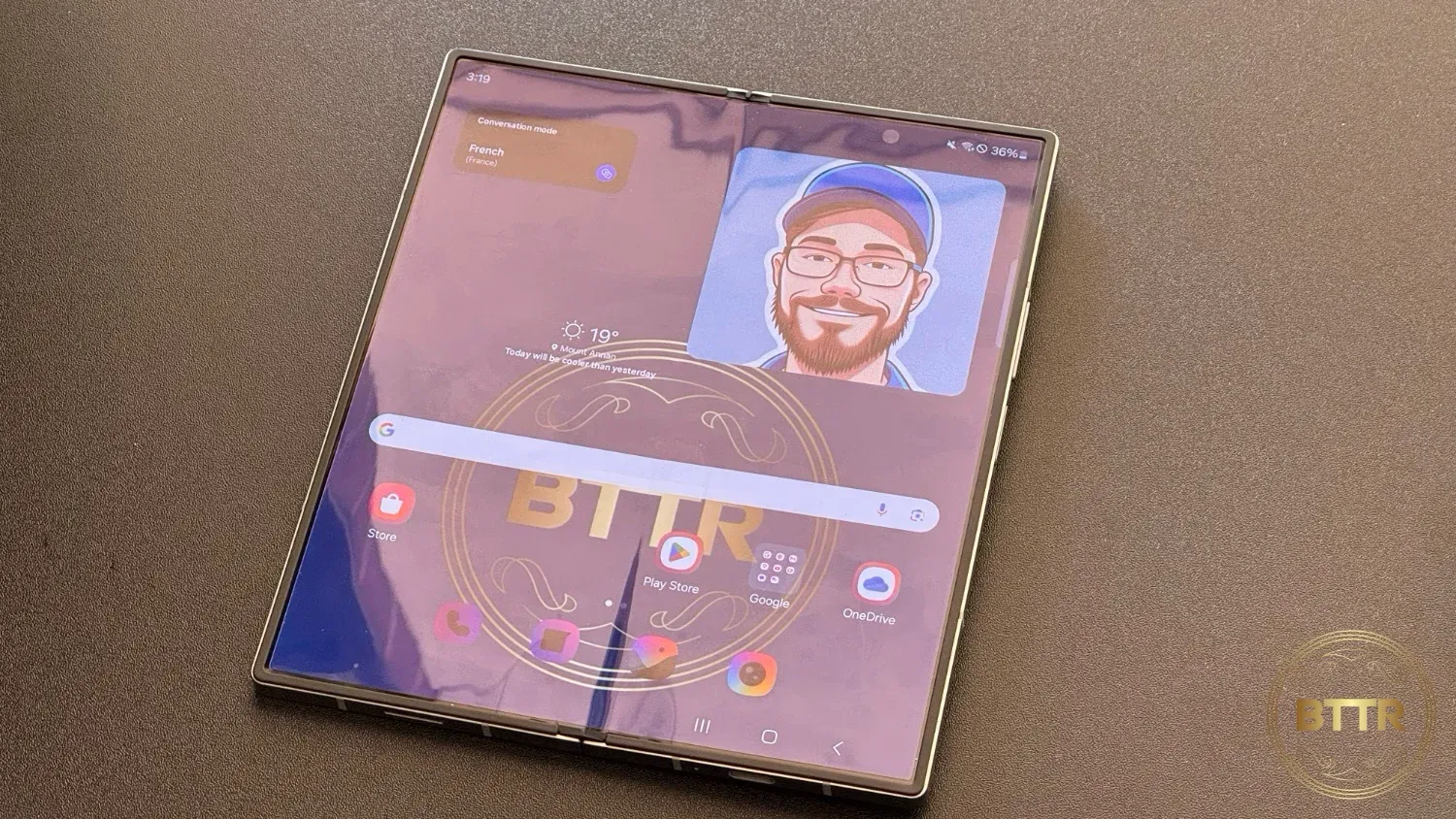
Galaxy AI
From the start of the year, Samsung has leant heavily on its AI functionality. It’s no different with the Fold6.
Fundamentally, Samsung seems to have decided to focus a lot more on the software side of the phone this year, with specific AI functions that take advantage of the phone’s dual displays.
Honestly, the more I use the AI features being pitched as key selling points for these devices, the less I find them useful. Given the limited hardware improvements, that doesn’t bode well for this review.
What does the Samsung Galaxy Z Fold6 do well?
The biggest reason to buy the Fold6 is that internal 7.6-inch display. And yes, there is a crease which is noticeable and distracting. But the fact you can use a phone that converts to a tablet is still a miracle.
Performance is solid, as you would expect. Benchmarks are high, battery life is good enough to get you through a day and a bit, and the phone can tackle just about anything, from intense gaming to complex spreadsheets.
While it’s nothing new, I found using Samsung DeX with the Fold6 to be surprisingly rewarding. I took the phone out with the Espresso Displays Touch 15 and although the phone itself wasn’t powerful enough to power the monitor, being able to use my phone as my computer was super-convenient.
I’ll also throw the camera performance in here. The lenses didn’t get an upgrade this year, but they are still solid. Samsung phones take some of the best photos on a smartphone, and while I don’t think the Z Fold6 compares to the S24 Ultra for camera performance, it’s good enough to celebrate here.


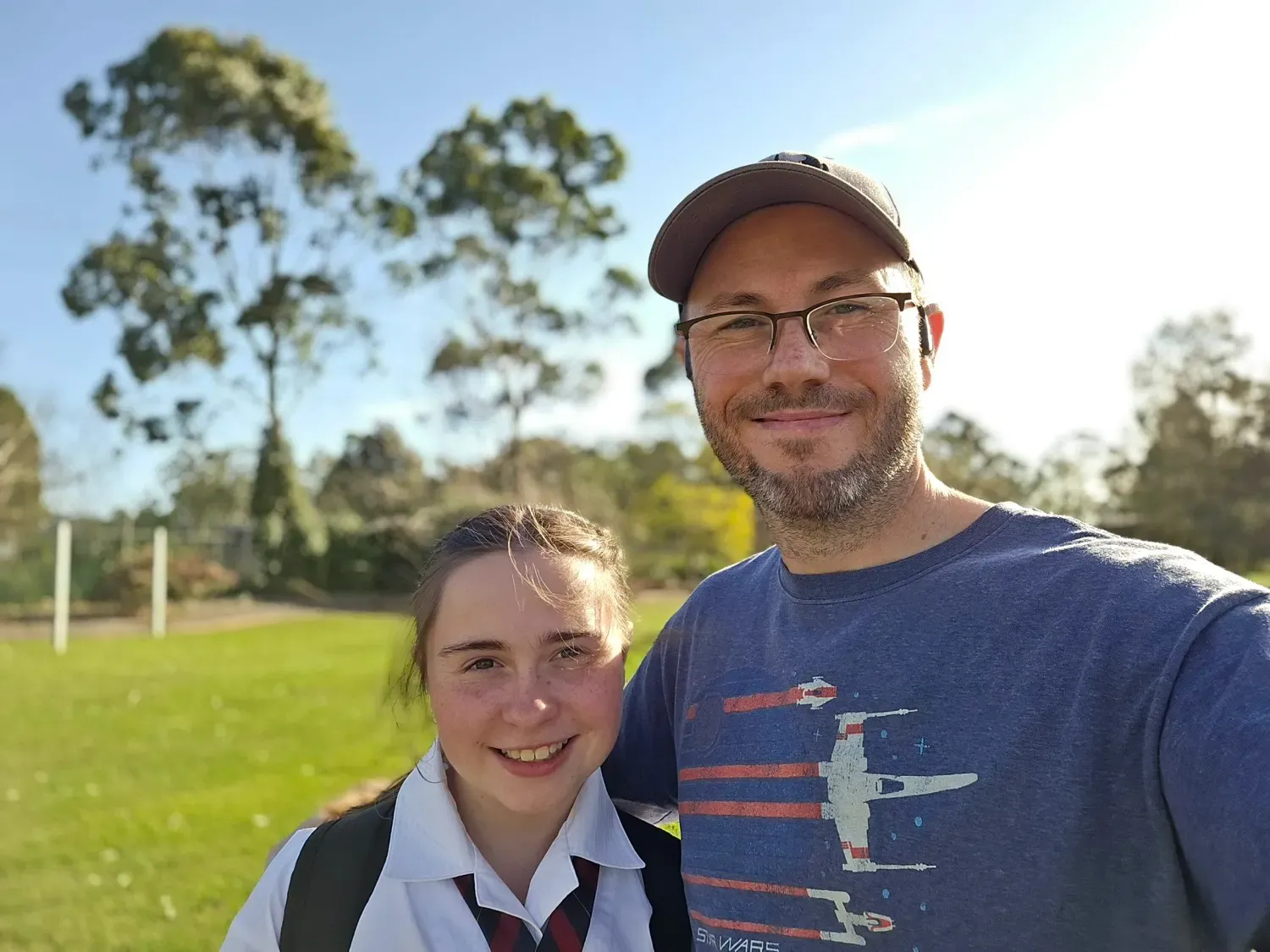



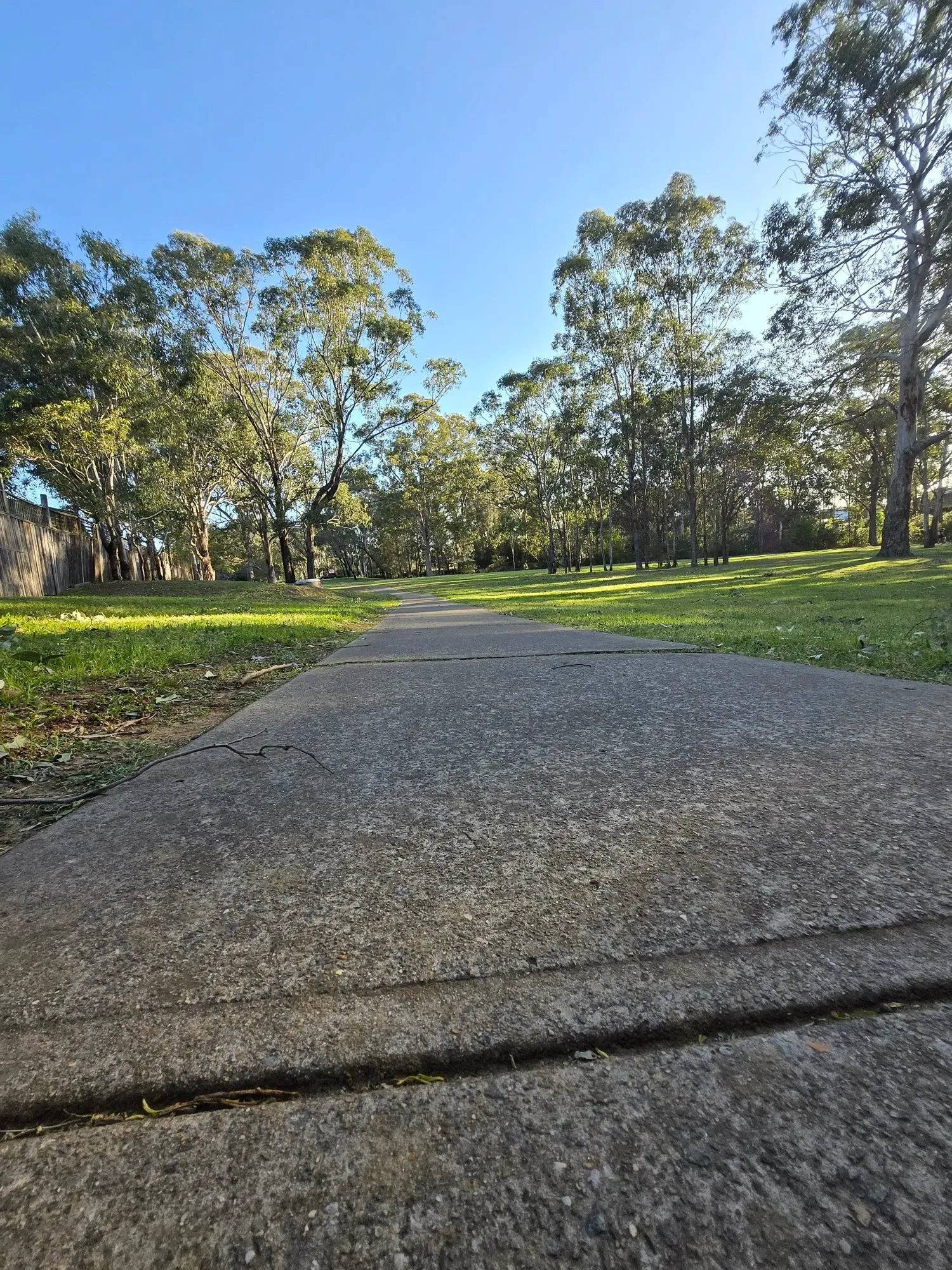


Sample images from the Galaxy Z Fold6
The only real downside with the cameras is that it makes the phone extremely uneven on a desk. The phone rocks and pivots, so you’ll probably need to add a case, so the phone doesn’t fall and smash.
Good AI features
Samsung was talking about its Interpreter AI app back at the S24 Ultra launch, but the arrival of the Fold6’s twin screens makes it so much more powerful.
By folding the screen halfway up, you can use both the internal and external displays to have a conversation with someone in a different language.
Because it uses both screens, the person you are talking to can tap the external display to respond, and it will translate the message back to English for you.
I’ve seen live demos and played around with it at home, and it is truly impressive, with quick translation and clear audio to hear what’s being said.
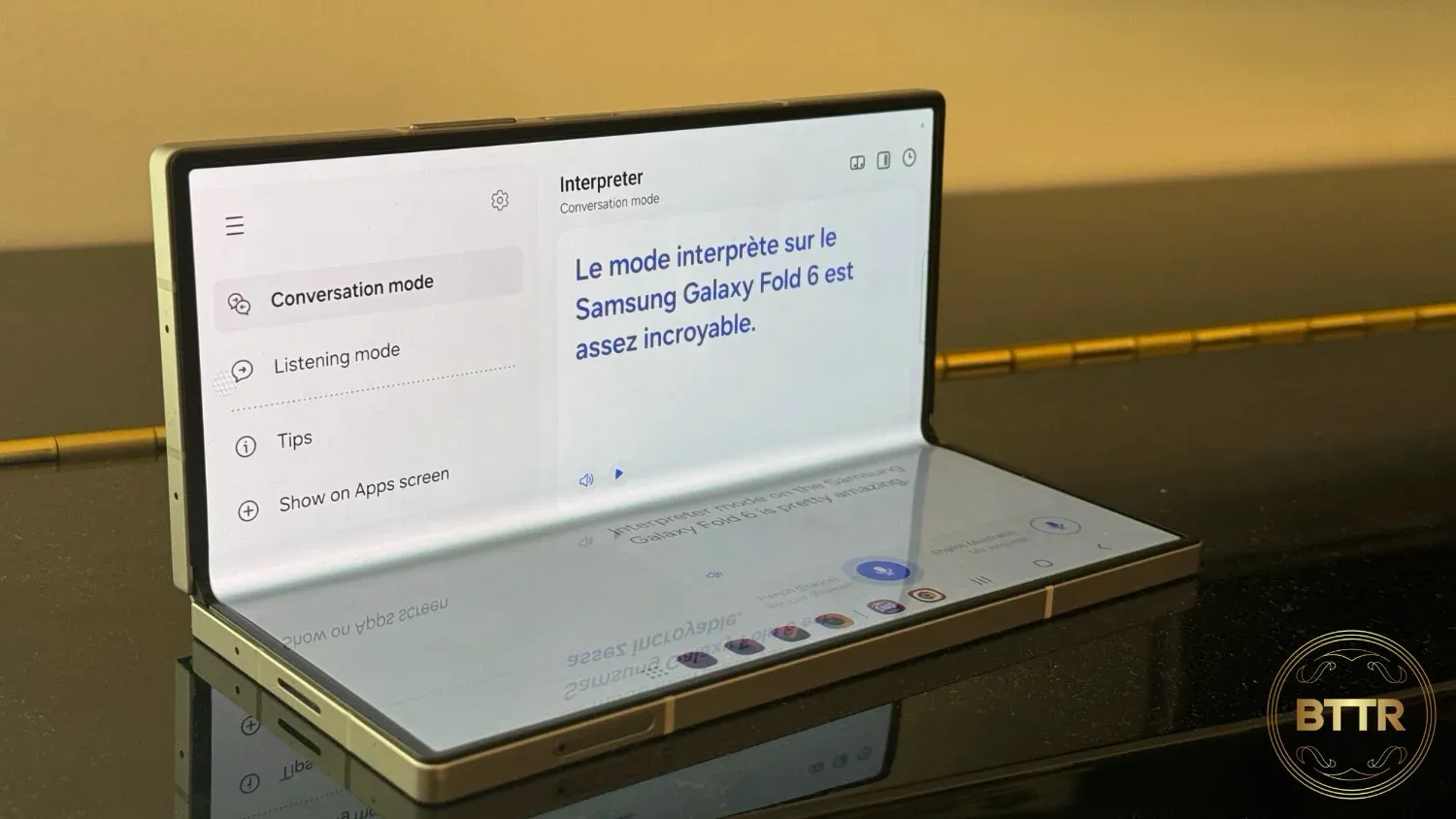
It’s almost sci-fi in how it works, and I’m still impressed. But it’s also not something I’m likely to use very regularly.
Sure, if you travel overseas a lot, or work with people from different backgrounds, this is a game-changer. But for most people, it’s a cool feature they won’t use.
The other cool AI function I loved was the transcription service in the voice recorder app.
Being able to transcribe an interview without having to type it all out is a miracle for someone like me. Yet is it enough to sway me to buy the phone? Probably not.
What could the Samsung Galaxy Z Fold6 improve?
From good AI features to the less impressive.
I have very firm opinions on using AI to replace creative work. Part of that is because I know it’s already hard enough to make a living as a creator. But more than that, AI-generated content is just not good.
At the launch of its Z-series foldables Samsung spent a lot of time talking up the Portrait Studio function, which converts any portrait photo into a piece of art in one of four styles: Comic, 3D cartoon, Watercolour or Sketch.
While there is a certain surprise at the fact software can generate these portraits at all, after trying them all on multiple photos, I have to say… I hate these images with every fibre of my being.









I don't know who this guy is, but I hate him.
Sure, there’s some vague resemblance to the original image, but not one single creation impressed me. They look generic because they are, there’s no flair or originality like an artist would produce.
Perhaps even more disappointing is the AI “Sketch to Image” tool. I don’t even know where to begin with this one. I’m sure there’s probably a use-case for this for someone, but I can’t imagine ever wanting to have my below-average sketches turned into below-average images:
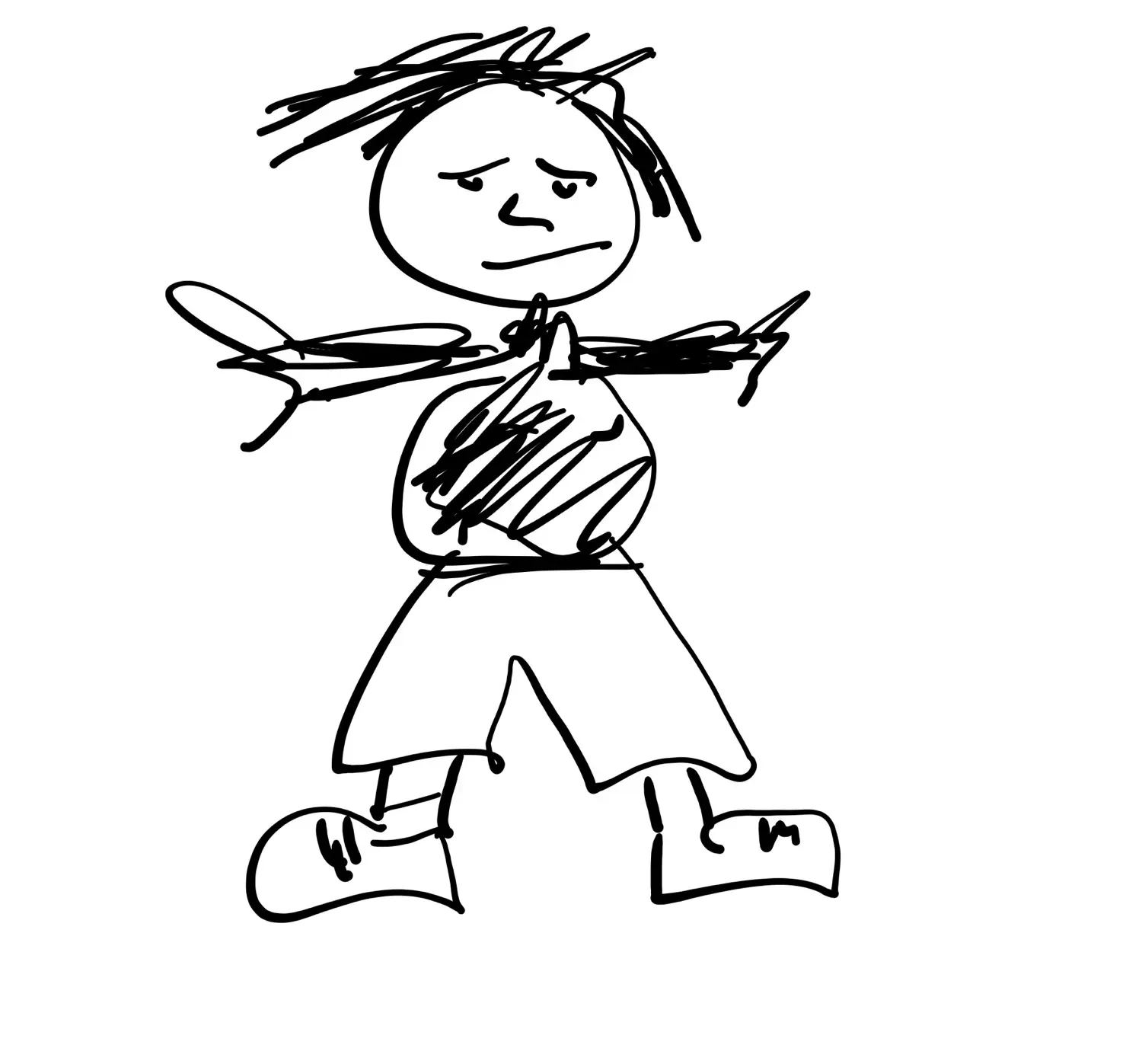




What, and I can't stress this enough, the F?
Seriously Samsung, bundle an S-Pen already
When I was reviewing the Fold5 last year, Samsung sent it along with one of the S-Pen cases, which holds a special version of the S-Pen stylus for the foldable’s screen.
This year I didn’t get that case, or the S-Pen, and it really, really highlighted how much the Fold’s tablet screen benefits from a stylus.
I don’t think the lack of it would bother me so much if it weren’t for the fact that Samsung has increased the starting price of the Fold 6 this year. And as we’ve seen, there aren’t that many hardware improvements to justify that increased cost to the user.
(Sure, I get the cost of living also applies to the component market and Samsung is passing on its increased costs to us.)
I feel like bundling an S-Pen — if not the case — would help alleviate the frustrations of that price increase.
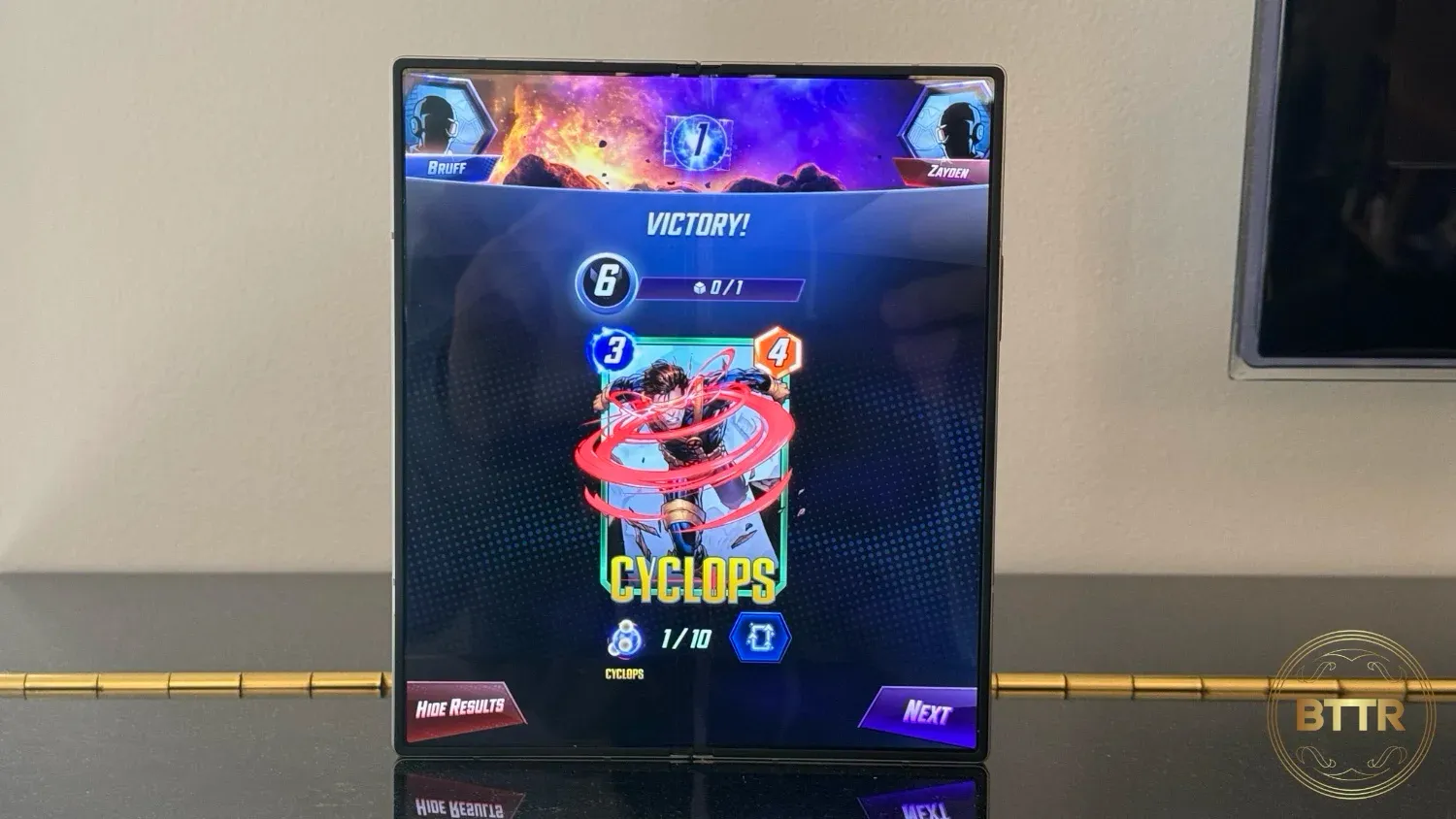
Verdict
Samsung has been dominant in the foldable phone market for a few years, but this year it seems the competition is starting to catch up.
The Moto RAZR 50 Ultra is a better phone than the Flip6. Google has released the Pixel 9 Pro Fold in Australia too, promising to challenge Samsung’s dominance.
With the added competition, I hoped Samsung would have doubled down on the innovation.
Instead, it iterated.
Don’t get me wrong, the Galaxy Z Fold6 is a solid phone, that does a solid job across its feature set. It takes good photos, effortlessly plays games and lets you swap between candy bar and tablet modes effortlessly.
But it’s also one of the most expensive phones you can buy right now, with a starting price of $2,749.
The AI functionality is too hit-and-miss to make it an essential purchase. If you’re after a folding phone, you’ve probably already got one. If you’re on the fence, you would be better placed with an S24 Ultra or waiting for the new iPhone 16.
Buy the Samsung Galaxy Z Fold6 online
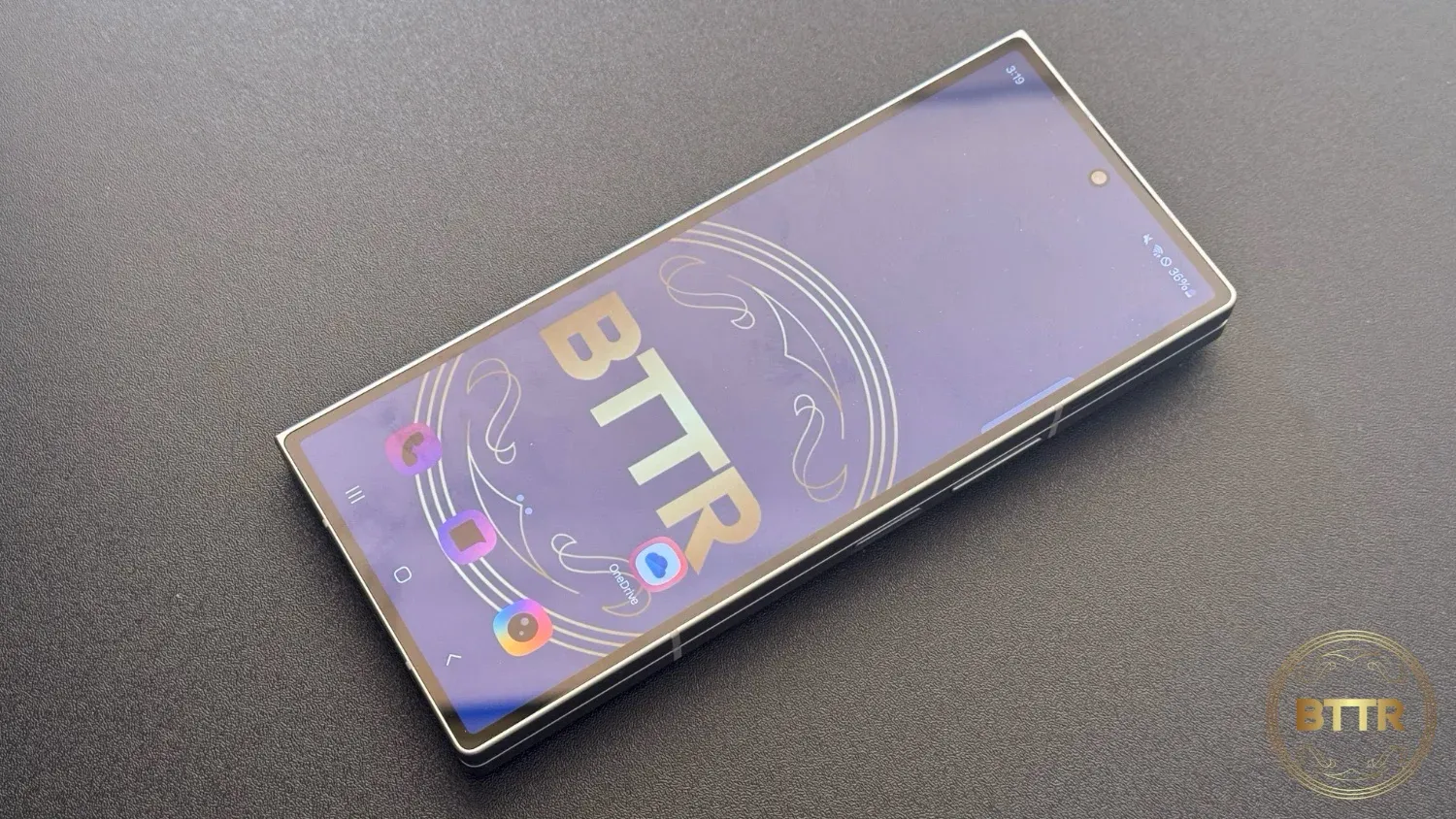
Samsung Galaxy Z Fold6
Samsung has iterated on the hardware improvements this generation, relying on AI functionality to differentiate from other models.
🛒 Where to buy Samsung mobile devices
Available from these trusted retailers:











BTTR is independent, but we may earn money when you purchase through links on our site. This helps us cover costs and continue providing honest reviews. Find out why you should trust us.


